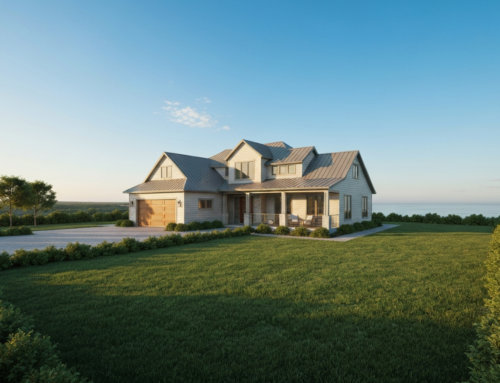Securing Your Sanctuary: Why Homeowners Insurance is Essential
For most people, a home is their largest asset and a cherished sanctuary. Protecting this investment is paramount, and that’s where basic homeowners insurance plays a vital role. It’s more than just a piece of paper; it’s a comprehensive financial safeguard against a myriad of unforeseen events, from natural disasters like fires and storms to theft and accidents. While not legally mandated by every state, mortgage lenders almost universally require it to protect their financial interest in the property. Neglecting this crucial coverage can lead to devastating financial consequences, leaving homeowners responsible for massive repair or rebuilding costs out of pocket.
The true value of a robust homeowners policy becomes evident during a crisis. Instead of facing financial ruin, policyholders can lean on their insurance to cover significant expenses, allowing them to rebuild and recover. Understanding the fundamental components of this coverage is the first step toward ensuring adequate protection for your home and family.
The Foundation: Understanding Basic Homeowners Insurance Coverage
A standard homeowners insurance policy is a “package policy,” meaning it bundles various types of protection into one. This typically includes coverage for the physical structure of your home, your personal belongings, liability protection, and additional living expenses if your home becomes uninhabitable. These policies are designed to cover a broad spectrum of perils, providing financial protection against damages and legal responsibilities you might incur.
There are generally three levels of coverage for your home’s value:
- Actual Cash Value (ACV): This policy pays to replace your home or possessions minus a deduction for depreciation. This means you’d receive what the items are currently worth, not what you originally paid for them.
- Replacement Cost: This coverage pays the cost of repairing or rebuilding your home and replacing possessions without a deduction for depreciation, allowing you to restore your home and belongings to their original value.
- Guaranteed/Extended Replacement Cost: Offering the highest level of protection, this policy pays whatever it costs to rebuild your home as it was before the disaster, even if it exceeds the policy limit. This is especially valuable given potential increases in construction costs after widespread disasters.
Beach Insurance LLC emphasizes the importance of understanding these distinctions to select the right level of protection for your unique needs. We help clients navigate these choices, ensuring they have appropriate coverage for their home’s structure, personal items, and potential liabilities.
Pillar 1: Protecting Your Home’s Structure – Dwelling Coverage Explained
The most fundamental aspect of basic homeowners insurance is dwelling coverage, often referred to as Coverage A. This critical component is designed to repair or rebuild the physical structure of your home if it’s damaged or destroyed by covered perils. This includes the roof, walls, foundation, floors, doors, and windows, as well as any attached structures like garages, porches, and decks. Built-in appliances and fixtures are also typically part of dwelling coverage.
Most standard policies provide “open perils” coverage for your dwelling, meaning they cover any cause of damage unless specifically excluded. Common perils covered include:
- Fire and lightning
- Windstorms and hail
- Explosions and riots
- Vandalism and theft
- Freezing of plumbing systems
- Weight of ice, snow, or sleet
It’s crucial to ensure your dwelling coverage is sufficient to cover the full cost of rebuilding your home at current construction costs, not just its market value. Factors like local construction costs, the year of construction, square footage, type of exterior walls, and unique features all influence this rebuilding cost. An important expert insight is to regularly review your policy to account for rising construction costs, which can increase significantly, sometimes by more than 30% over a few years, leaving homeowners underinsured if their coverage limits are not adjusted.
However, it’s important to note that standard dwelling coverage generally excludes damage from floods, earthquakes, landslides, mudslides, and typical wear and tear or neglect. For these specific risks, separate policies or endorsements are usually required.
Pillar 2: Safeguarding Your Valuables – Personal Property Coverage
Beyond the structure of your home, personal property coverage, or Coverage C, protects your belongings inside the house and often extends to items anywhere in the world. This includes everything from furniture, clothing, and electronics to appliances, artwork, and jewelry. Most policies provide coverage for 50% to 70% of the dwelling coverage amount, but this can be customized based on your needs.
Unlike dwelling coverage, personal property is usually covered on a “named perils” basis, meaning coverage applies only for events explicitly listed in your policy. These commonly include:
- Fire or lightning
- Theft and vandalism
- Windstorms and hail
- Damage from sudden and accidental water discharge (e.g., burst pipes)
A crucial real-world lesson often overlooked by many homeowners is the importance of a comprehensive home inventory. This detailed list, complete with descriptions, purchase prices, and even photos or videos, significantly simplifies the claims process and helps ensure you receive fair compensation for lost or damaged items. Without an inventory, it’s easy to underestimate the value of your possessions and find yourself underinsured. For expensive items like fine jewelry, furs, or collectibles, standard policies often have sub-limits. In such cases, a special personal property floater or endorsement can provide additional, broader coverage, often without a deductible.
When selecting personal property coverage, you can typically choose between actual cash value (ACV) and replacement cost value (RCV). RCV pays to replace items with new ones, without depreciation, while ACV accounts for age and wear. Opting for replacement cost coverage, though slightly more expensive, offers greater financial protection in the event of a total loss.
Pillar 3: Your Financial Safety Net – Personal Liability Protection
Personal liability coverage, or Coverage E, is a critical, often underestimated, component of homeowners insurance. It provides financial protection if you or members of your household are found legally responsible for injuring someone or damaging their property. This coverage extends beyond your home, protecting you anywhere in the world. It covers both the cost of defending you in court and any court-awarded damages, up to your policy limit.
Common scenarios where personal liability coverage proves invaluable include:
- A guest slipping and falling on your property, leading to medical expenses and potential lawsuits.
- Your pet biting someone, resulting in medical bills and legal action.
- Your child accidentally damaging a neighbor’s property.
Most policies offer liability limits ranging from $100,000 to $500,000. Experts often recommend carrying at least $300,000 to $500,000 in coverage, especially if you have significant assets that could be at risk in a lawsuit. For even greater protection, an umbrella or excess liability policy can provide additional coverage, often starting at $1 million, and may cover broader claims such as libel or slander, which standard policies typically exclude.
It’s important to understand that personal liability coverage does not cover injuries to household members, intentional harm, or car accidents, which fall under auto insurance. Regularly assessing your assets and potential risks is key to determining the appropriate level of liability protection you need.
Pillar 4: Easing Displacement – Additional Living Expenses (ALE) Coverage
Imagine your home becomes uninhabitable due to a covered disaster, like a fire or severe storm. Where would you live? How would you cover the extra costs? This is where Additional Living Expenses (ALE) coverage, also known as Loss of Use or Coverage D, becomes a lifesaver. This vital coverage pays for the additional costs of temporarily living away from your home while it’s being repaired or rebuilt.
ALE covers expenses that are above and beyond your normal living costs. Examples include:
- Hotel bills or temporary rental housing
- Restaurant meals (the difference between your normal grocery bill and dining out)
- Increased transportation costs (e.g., additional fuel for commuting from a temporary residence)
- Storage fees for your belongings
- Pet boarding fees
A unique angle for understanding this coverage is to consider it a “stress-reduction” policy. Rebuilding after a disaster is already overwhelming; ALE alleviates the financial strain of displacement, allowing you to focus on recovery. While most policies provide coverage for about 20% of your dwelling insurance, some companies offer “actual loss sustained” options, which remove specific dollar limits, paying all reasonable expenses for a defined period. Documenting all additional expenses with receipts is crucial for successful reimbursement.
Beyond the Pillars: Important Exclusions and Smart Policy Tips
While basic homeowners insurance offers robust protection, it’s equally important to understand what it typically does not cover. Standard policies generally exclude damage from:
- Floods: Requires a separate flood insurance policy, often through the National Flood Insurance Program (NFIP).
- Earthquakes: Usually needs a separate earthquake endorsement or policy.
- Maintenance Issues: Normal wear and tear, neglect, or infestations (e.g., termites, mold due to neglect) are generally considered the homeowner’s responsibility.
- Sewer or Drain Backups: Often requires an additional endorsement to cover water damage from these events.
- Intentional Damage: Any damage caused deliberately by you or a household member will not be covered.
To maximize your protection and potentially save on premiums, consider these smart policy tips:
- Home Inventory: Create and regularly update a detailed inventory of your personal belongings.
- Review Annually: Your insurance needs can change. Review your policy with your agent annually to ensure adequate coverage.
- Increase Deductible: Opting for a higher deductible can lower your premiums, but ensure you can comfortably cover that amount out-of-pocket if a claim arises.
- Bundle Policies: Many insurers offer discounts for bundling home and auto insurance policies.
- Safety Features: Installing security systems, smoke detectors, carbon monoxide detectors, and impact-resistant roofing can lead to discounts.
Understanding these exclusions and proactively managing your policy can save you significant stress and money in the long run.
Your Trusted Partner: Finding the Right Coverage with Beach Insurance LLC
Navigating the complexities of homeowners insurance can be challenging, but you don’t have to do it alone. At Beach Insurance LLC, we are dedicated to helping individuals and families secure comprehensive and tailored insurance solutions. We understand that every home and every homeowner’s situation is unique, which is why we offer personalized advice and guidance.
Our experienced team at Beach Insurance LLC assists you in:
- Assessing your specific risks and coverage needs.
- Explaining the nuances of dwelling, personal property, liability, and additional living expenses coverage.
- Helping you understand the impact of various policy options, such as actual cash value versus replacement cost.
- Identifying potential discounts and endorsements to optimize your policy.
We are committed to providing expert help, ensuring you have the proper coverage at a competitive price, and safeguarding your investment against unfortunate events. Your peace of mind is our main priority. Explore our personal insurance services to learn more about how we can protect your most valuable assets.
Ready to secure your home? Visit our Contact Us page to get started with Beach Insurance LLC today!






